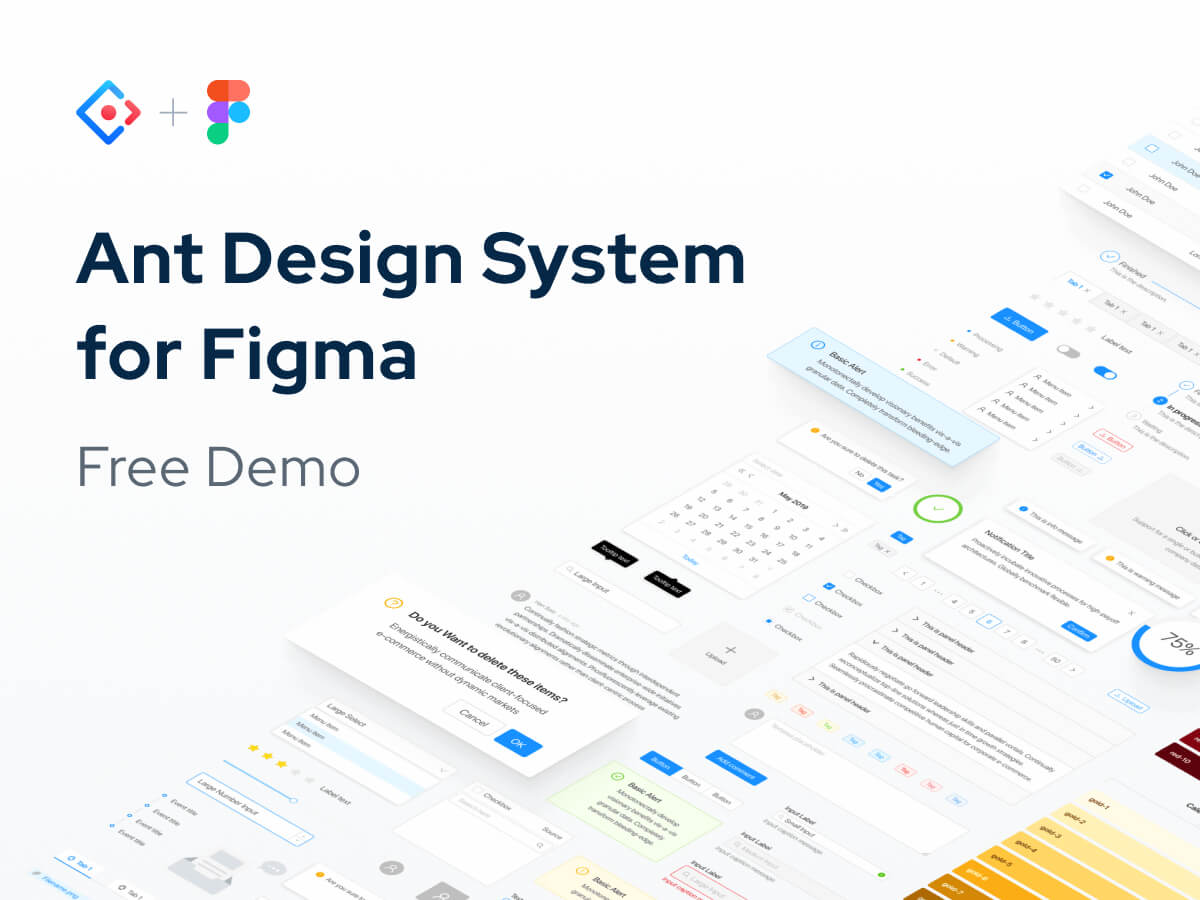

- #FIGMA RESOURCES UPDATE#
- #FIGMA RESOURCES CODE#
- #FIGMA RESOURCES PROFESSIONAL#
- #FIGMA RESOURCES FREE#
#FIGMA RESOURCES FREE#
Noble offers a few free seminars that can be useful for Figma students.
#FIGMA RESOURCES PROFESSIONAL#
Still, they aren’t going to replace professional training for users who aspire to work as Web Designers. These free tutorials are an ideal place to start learning the basics of the application. Free Introductory Figma Courses Onlineįree tutorials might be a good place to start for students who want to learn Figma but are unsure if they want to jump right into a professional training course. Thanks to the Figma community, users aren’t just able to collaborate with their team on a web design they can collaborate with the entire community of Figma designers and developers on their web designs.

The resources that are being developed can help users modify and re-purpose existing resources to fit their needs better. Every day, more and more new Figma resources are being developed. Through Figma’s website and other forums, users can share new designs, provide feedback on templates, and improve on the functionality of interactive interface elements. In addition, because Figma is such a potent collaboration tool, there is a massive community of designers and developers constantly creating new plug-ins, templates, and widgets for public consumption.

#FIGMA RESOURCES CODE#
Figma even allows users to export some amount of code from the prototype designs to hand off to developers once the prototype has been perfected. This lets users produce working prototypes of their webpages that can be easily tested, allowing designers to receive feedback quickly. In addition, users can add interactive elements such as scrolling and hovering functionalities to their designs, letting them make sure that their webpages look and feel like modern designs. Using vector graphics design tools, teams of designers can build complicated wireframe layouts for websites that can be resized to be optimized for screens of any given size. What Can You Do with Figma?įigma lets users collaborate in real-time to build and prototype user interfaces and web applications. Read more about what Figma is and why you should learn it. If a Figma user runs into a problem, there is a good chance that another user has already run into that problem, solved it, and made their solution readily available as a plug-in or template. Since Figma prides itself on its collaborative community of designers, there are many readily available plug-ins, templates, and widgets that make designing interfaces much easier. Then, users can test these prototypes and ensure that their designs meet all their requirements. Regardless of the project, Figma will give teams the tools they need to construct complex prototypes of their web layouts. This is important for user experience (UX) design because it assures designers can optimize their layouts for several screens, ranging from mobile phones to desktop PCs.
#FIGMA RESOURCES UPDATE#
Since Figma allows users to update their designs in real-time without downloading an application, teams can collaborate anytime and anywhere.įigma is also a vector graphics design tool, meaning that all the designs produced are resizable and replicable. Users work on collaborative shared documents to build interactive prototypes of webpages, making Figma an ideal skill to learn for aspiring Web Designers who want to build complex, multi-feature webpages. What is Figma?įigma is a browser-based user interface design tool that allows users to collaborate with other editors to build unique and accessible website designs. Read on to learn more about the free resources and tutorials available to help you learn Figma. However, a surprising amount of free resources are available to help beginners get the hang of this exciting program.

Figma has a robust free version of the program, letting users manage a small handful of projects without needing to subscribe to the program. Many professionals are eager to learn Figma but hesitate because of the perceived up-front costs.


 0 kommentar(er)
0 kommentar(er)
